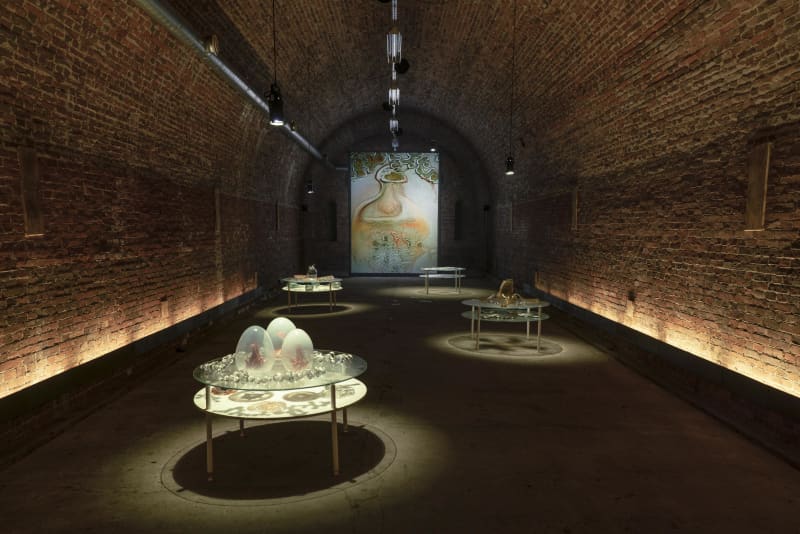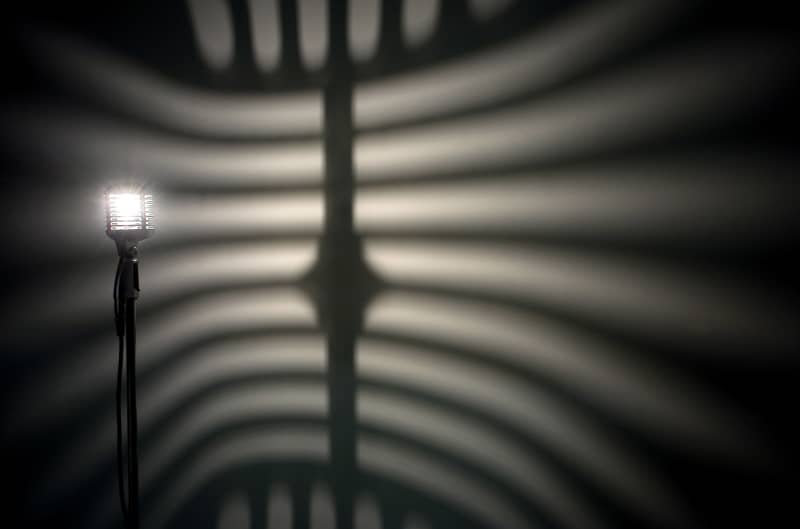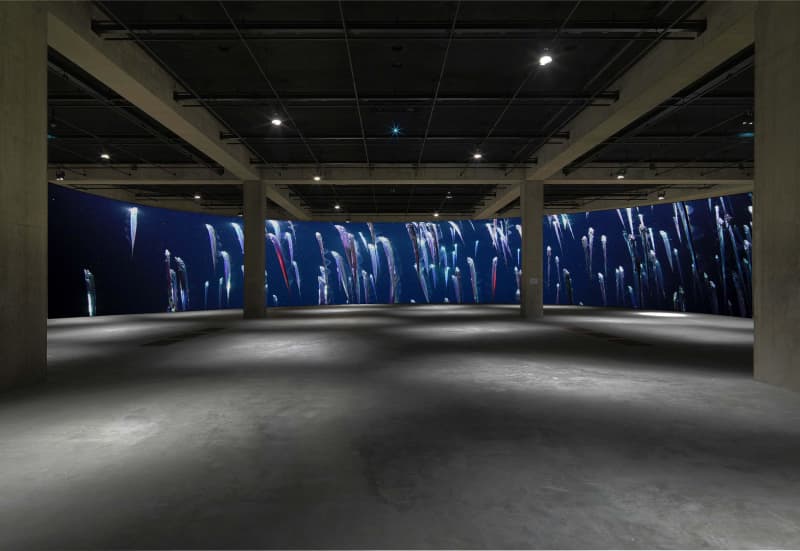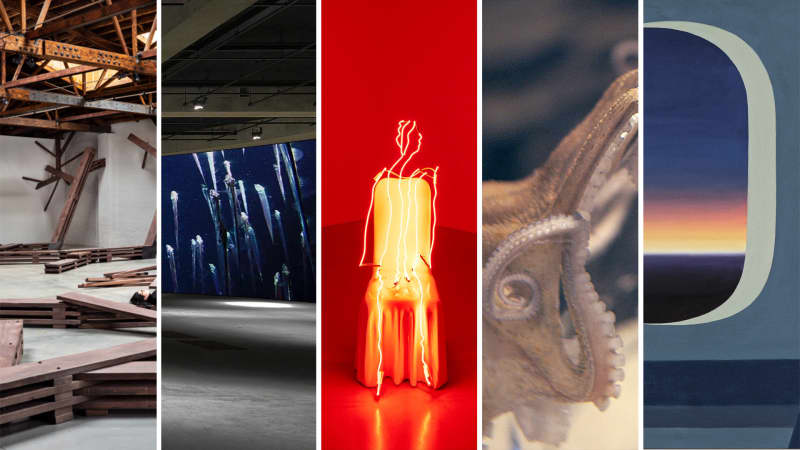The Ars Fennica 2023 nominees were presented at the Kiasma Museum of Contemporary Art in Helsinki. The winner will be announced in late 2023.
The Ars Fennica 2023 nominees were announced at Kiasma Museum of Contemporary Art on Thursday 22 September. Each candidate is presented separately in this article. The nominees’ exhibition will open at Kiasma in September 2023 and the future winner will be announced at the end of 2023.
Ars Fennica is worth €50 000 and is awarded every two years. It is backed by the Henni and Pertti Niemistö Foundation of the same name, established in 1990.
The prize is awarded to an artist in recognition of a high standard and original artistic work. Nominations are made by a jury appointed by the Foundation. The winner will be selected by an international panel of art experts appointed by the Foundation and revealed at a later date. The nominees have included artists from Finland, the Nordic and Baltic countries.
Henni Alftan combines the familiar and the strange
Heini Alftan, born in Helsinki in 1979 and working in Paris, transforms everyday interior elements, landscapes, objects and human figures into something completely different. The illusion is created by the artist’s skillful and precise use of colors and compositions.

Alftan makes art based on his personal observations. The shape and color of the images are put together in a thorough process, during which the artist makes notes and sketches. Based on them, he creates precisely defined views that challenge the viewer to think about what is visible in the painting and what remains outside the canvas.

Tuomas A. Laitinen is interested in octopuses
Helsinki native, Tuomas A. Laitinen (born 1976), who graduated from the Academy of Fine Arts in 2008, is interested in ecological issues, the formation of consciousness and knowledge, and porous systems. In his work, he uses moving images, sound, glass, and chemical and microbiological processes.

Laitinen has taken influences from, among other things, science fiction and philosophical trends, which aim to outline a new kind of basis for coexistence on Earth. In recent years, he has studied, among other things, octopuses and made biomorphic glass sculptures intended for them.
– I want to study and understand what it’s like to be other organisms in the world, Laitinen told Yle a year ago.

Lap-See Lam explores identity from the perspective of the Swedish Chinese population
Born in Stockholm in 1990, Lap-See Lam makes an international breakthrough with his spectacular installations. The artist won Dagens Nyheter’s culture award last year and was nominated for the Future Generation Art Prize. In 2020, Lam was included in the list of the American Forbes magazine, which named 30 promising European artists under thirty.

In his installations, Lap-See Lam explores, among other things, the problems of identity and cultural structures from the perspective of the Chinese population in Sweden. For example, in the work *Phantom Banquet* (2019), the artist explores how artificially created environments can shape identity through traditions related to the service culture of Swedish Chinese restaurants. The background is influenced by the experiences of the Lap-See Lam family as restaurateurs in Stockholm.

Camille Norment explores the impact of sound
Camille Norment, who lives in Oslo, is a multidisciplinary multimedia artist, composer and performer whose art and performances can be seen in different parts of the world. The artist, born in Maryland, USA in 1970, represented Norway at the Venice Biennale in 2015, for example.

Norment is fascinated by \”cultural psychoacoustics\ i.e. the study of phenomena linked to culture through sounds. He creates critical artworks that combine bodily and consciousness experiences. The background of Norment’s works is influenced by the artist’s close relationship with dance and music. His sound installation *Triplight* was displayed at the entrance to the sound art exhibition at MoMA in New York in 2013.

Emilija Škarnulytė
Artist and filmmaker Emilija Škarnulytė is interested in interdisciplinary stories that guide humanity’s transformation from modern humanism to a posthuman state. Constant crises, critical hope and metaphoricality are ways to try to understand yourself as well as others.

Škarnulytė, who received the Future Generation Art Prize in 2019, has represented Lithuania at the Milan Biennale and participated in the Baltic Pavilion at the Venice Architecture Biennale. He draws inspiration from rocky, ecologically unique places such as the Arctic Circle, the deserts of the American West, the deserts of the Middle East, European nuclear power plants and ancient civilizations lost in the seas.


